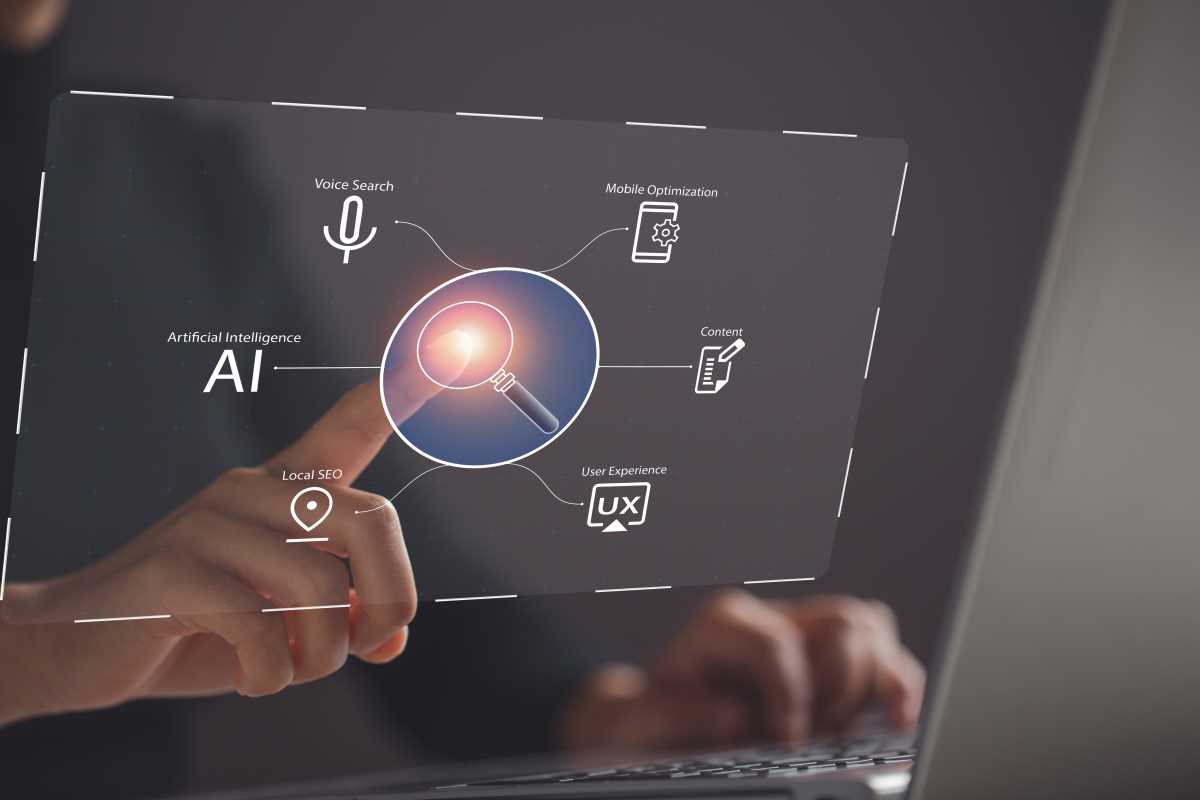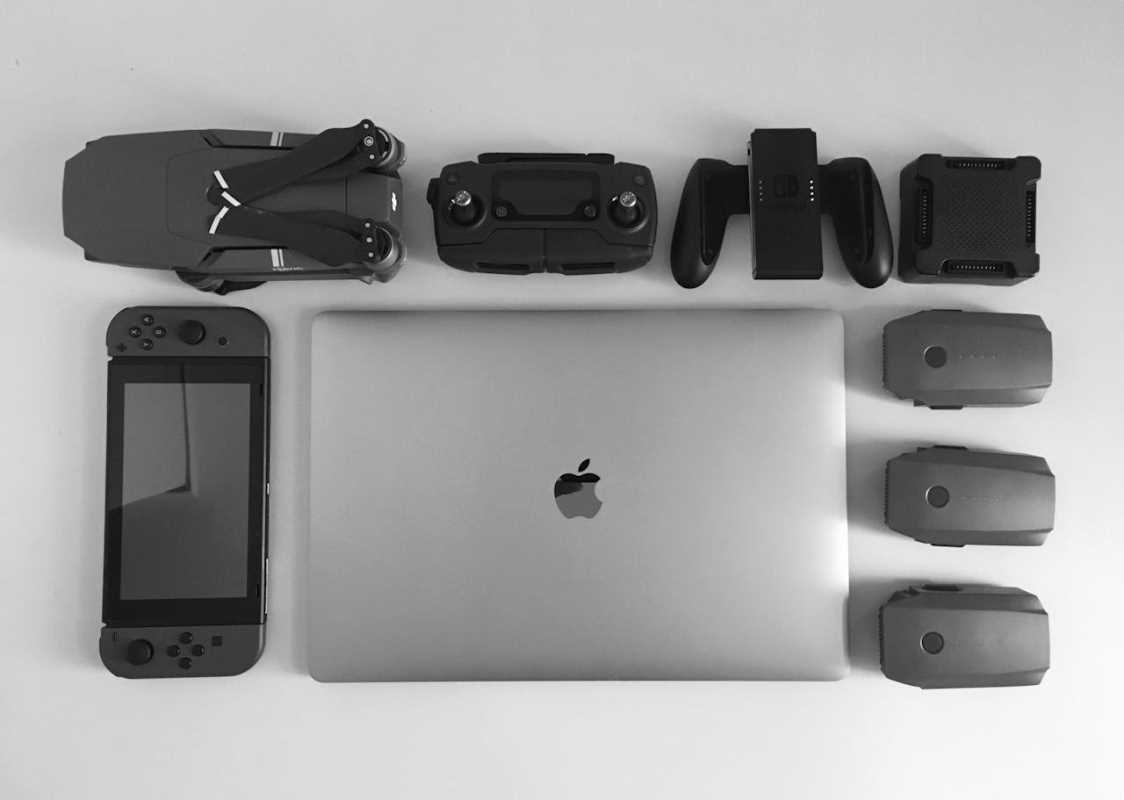Many video meetings experience lag, which disrupts conversations and makes it difficult to focus. Slow performance often happens when a computer cannot handle the heavy workload of processing live video, leading to jerky images and sound that arrives late. Reliable communication depends on smooth, uninterrupted calls, so it is important to address these technical issues. Upgrading critical hardware, such as your computer’s processor, memory, or camera, can remove barriers to clear visuals and real-time audio. By investing in the right components, you create a much better experience for everyone involved and ensure that each meeting runs without frustrating interruptions.
By making smart improvements to your setup, you can experience fewer disruptions and enjoy more reliable performance. Tackling the root causes of lag doesn’t require endless troubleshooting—sometimes a few well-chosen upgrades can make a world of difference.
Understanding Video Meeting Lag: Common Causes
Lag in video meetings can originate from several sources that limit the performance of even the most robust systems. Factors like insufficient bandwidth, outdated components, or conflicts between hardware and software all contribute to the problem.
- Limited internet speed: Slow or inconsistent connections hinder data transfer during video calls.
- Old networking equipment: Worn-out or outdated routers fail to deliver stable connectivity.
- Overburdened system resources: Insufficient memory or outdated CPU units struggle under high video processing demands.
- Peripheral bottlenecks: Low-quality webcams and microphones create additional delays and processing challenges.
Understanding these issues is the first step in choosing the right upgrades. With the correct hardware changes, you can eliminate these hurdles and enjoy smoother, more reliable calls.
Upgrade #1: Improving Your Internet Connection
Your internet connection acts as the backbone of every video meeting session. A strong, fast, and stable connection can dramatically reduce lag issues. Investing in quality networking equipment enhances connectivity and creates more headroom for high-quality video and audio streams.
- Upgrade your router: Replace older models with a high-performance device capable of handling multiple video streams concurrently.
- Use wired connections: Connecting your device directly via Ethernet cables alleviates issues related to unstable Wi-Fi signals.
- Consider mesh Wi-Fi systems: They extend coverage and maintain signal strength in larger spaces.
Focusing on these actionable steps helps you systematically eliminate a major source of lag. Having a steady connection improves your video meeting experience and boosts overall online performance.
Each step brings you closer to a seamless and efficient video conferencing environment—one where connectivity issues become a thing of the past.
Upgrade #2: Investing in a Better Webcam and Microphone
A high-quality webcam paired with a clear microphone makes video meetings more professional and engaging. Modern devices now include features like improved low-light performance and noise-cancellation, which help you communicate clearly even in less-than-ideal conditions.
When you upgrade to more advanced models, processing delays decrease significantly, and your images and voices reach the other end more quickly. Look for products with good reviews and consider brands like Logitech and Razer for reliable choices.
Upgrade #3: Boosting RAM and Storage
Enhancing your computer's memory is one of the most effective ways to reduce lag during video calls. Adding extra RAM enables your system to handle more tasks at the same time, decreasing bottlenecks when running video conferencing software alongside other applications.
- Increased multitasking efficiency: More RAM allows smoother switching between open applications.
- Faster system response: Enhanced memory shortens lag during high-demand periods.
- Improved storage speed: Upgrading to SSDs from HDDs can lower load times and speed up data processing.
These upgrades not only improve overall system performance but also lead to smoother video and audio during calls. It’s a simple investment that benefits your everyday computing tasks.
With a refreshed memory and storage setup, your computer becomes more responsive and ready to handle modern applications without hesitation.
Upgrade #4: Improving Your Computer’s Processor (CPU)
Replacing your CPU can significantly reduce lag during intensive video tasks. A powerful processor handles more data at once, ensuring that video feeds, effects, and multitasking activities all run smoothly without delays.
Modern CPUs, like those from Intel or AMD, provide the efficient multi-core performance needed to handle video conferencing demands. Swapping an old processor for a newer, faster model can restore your computer’s capabilities and deliver a smoother experience.
Upgrade #5: Improving Graphics Capabilities (GPU)
A dedicated GPU isn’t just for gaming—it plays a key role in processing video and graphics workloads. A solid graphics card helps offload visual processing tasks from your CPU, keeping video meetings running smoothly even during resource-heavy presentations.
If your system lacks a proper GPU, video rendering can fall behind, leading to delays and lag. Upgrading to a newer card, whether from NVIDIA or AMD, can boost performance and ensure visuals stay crisp and timely throughout your meetings.
Upgrade #6: Optimizing External Devices and Peripherals
Sometimes, lag issues originate from how external devices connect with your computer. Managing and updating your peripherals can significantly cut delays in signal processing. Devices like USB hubs, external keyboards, and additional monitors can sometimes slow down your system if not properly configured.
- Invest in quality USB hubs: They provide stable connections for multiple devices without overloading your computer’s ports.
- Upgrade your headset: A good headset minimizes audio lag and ensures clear sound transmission.
- Consider secondary monitors: Distributing tasks across screens helps balance your system’s load.
Carefully assessing and upgrading these external components helps you balance your entire setup. As a result, every part of your interface works more harmoniously, reducing overall system lag during video meetings.
These adjustments often immediately improve your video call responsiveness, allowing you to focus on the conversation rather than technical issues.
Each upgrade contributes to creating a system capable of handling complex video interactions smoothly. Explore your options and see how optimized hardware can improve your daily video chats.
Follow these steps to experience smooth, clear, and engaging video meetings with Zoom starting today.
 (Image via
(Image via





